Many may not be aware of the Ghost Army and its work to aid the Allies’ efforts against Germany during the Second World War. Through their ingenious use of deception, the men of the 23rd Headquarters Special Troops were able to not only trick those they were fighting against, but also feed them false information.
Artists joined the fight to form the Ghost Army
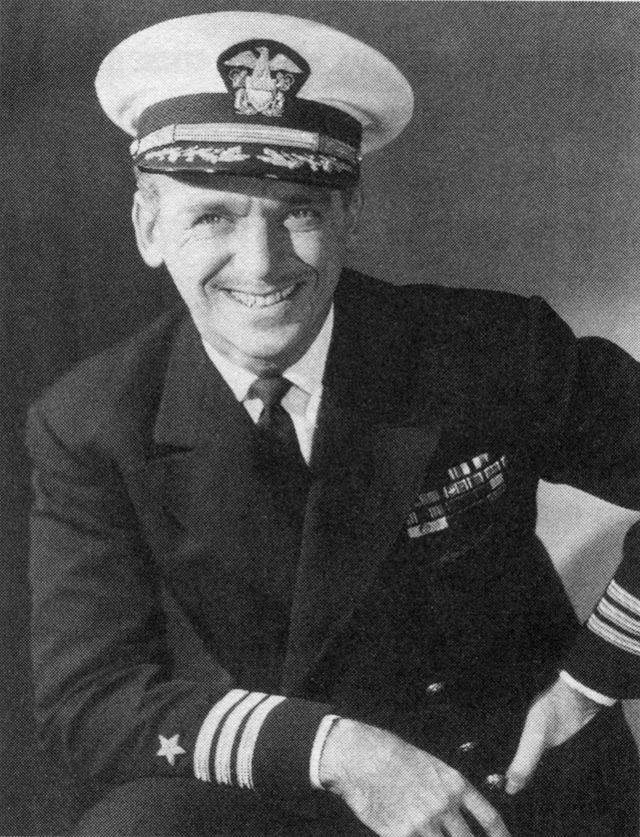
Those who served with the 23rd Headquarters Special Troops weren’t your typical soldiers. They came from less conventional backgrounds and held careers in art, sound engineering, makeup artistry, photography and architecture. They were sought for their creativity, and a total of 1,100 men joined the unit between 1944-45.
The unit’s origins aren’t fully known. It’s rumored the idea came from actor and US Navy officer Douglas Fairbanks, Jr. Inspired by the Special Forces installations in England, he’s said to have lobbied his superiors to establish a unit whose sole purpose was deception. The request was granted and the Ghost Army was formed.
Visual deception was the name of the game
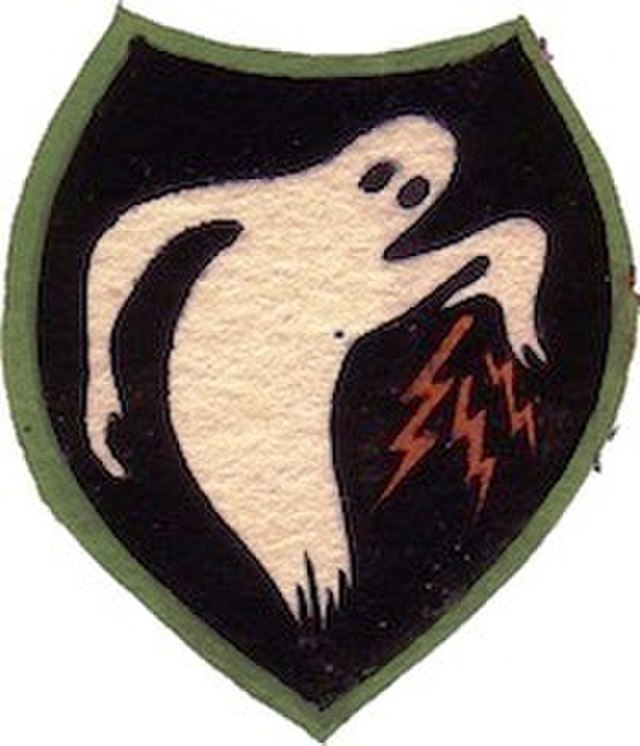
The goal of the Ghost Army was to trick the enemy forces into believing Allied units were stationed where they weren’t. Their illusions also aimed to make them appear larger and more powerful than they really were. Essentially, they were charged with creating the right atmosphere to make themselves appear omnipresent.
The visual effects were the charge of 603rd Camouflage Engineers. They made use of rubber tanks and dummy aircraft, and often blended these fake vehicles in among real ones. The goal was to intermix them, with the fake ones purposefully given rather poor camouflage, so vital equipment was less likely to be targeted.
The visual deception also applied to the physical appearances of both equipment and soldiers. They would dress themselves up as other infantrymen – logos and all – and paint the insignia of other units onto their fake tanks and artillery. Some even drove around in looping convoys, intended to give the impression an entire unit was being transported. In reality, there were only three individuals in the vehicle: a driver and two soldiers at the rear.
The Ghost Army used their acting skills to dupe spies
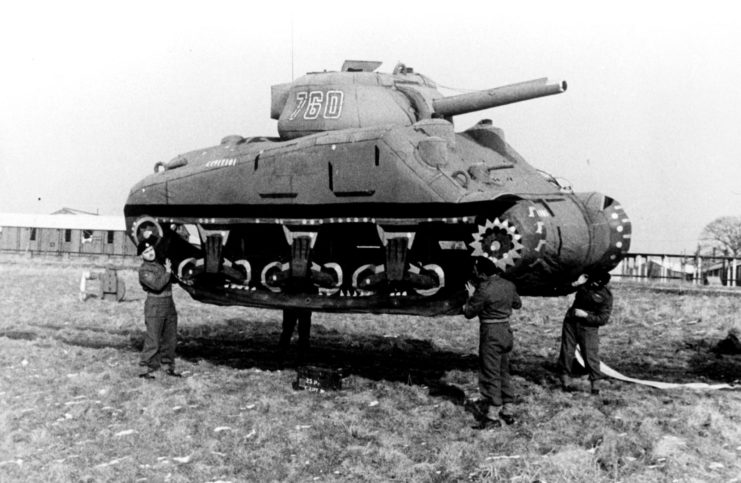
Along with staging fake battle scenes, the Ghost Army spent time staging interactions intended to confuse and intimidate Axis soldiers.
Traveling between villages in France that were known to house spies and informants, they dressed as Allied generals and officers. They would then go about their daily activities, such as drinking in pubs and speaking with girls, where they would let “slip” false intel about battle plans and unit positions, under the guise of having loose lips and too much to drink.
Sonic deception
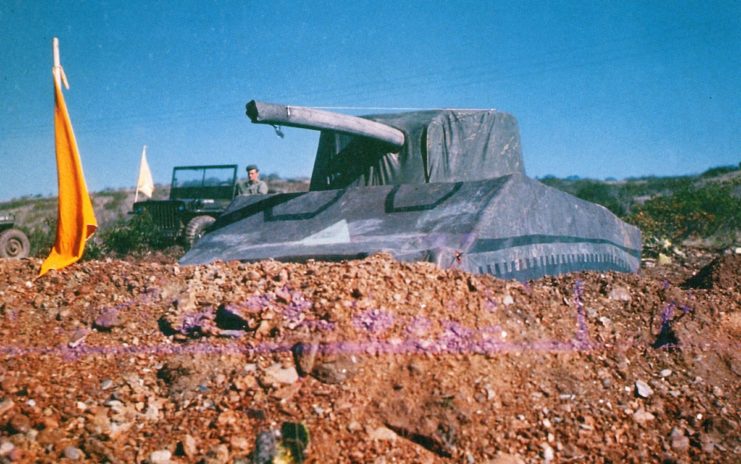
The Ghost Army was able to effectively stage their battle scenes with the help of the 3132 Signal Service Company. With the aid of engineers at Bell Labs, the unit traveled to Fort Knox, Kentucky to record military sounds and noises on wire recorders, including sounds made by infantrymen, tanks and artillery units.
The sounds were mixed in a theater, in order to match whatever atmosphere was needed. They were altered to portray different weather events and distances. The soundtracks were then played on the battlefield through amplifiers and speakers mounted on half-track vehicles. The efforts were so effective that the recordings were heard from as far as 15 miles away.
Radio deception was also in their wheelhouse
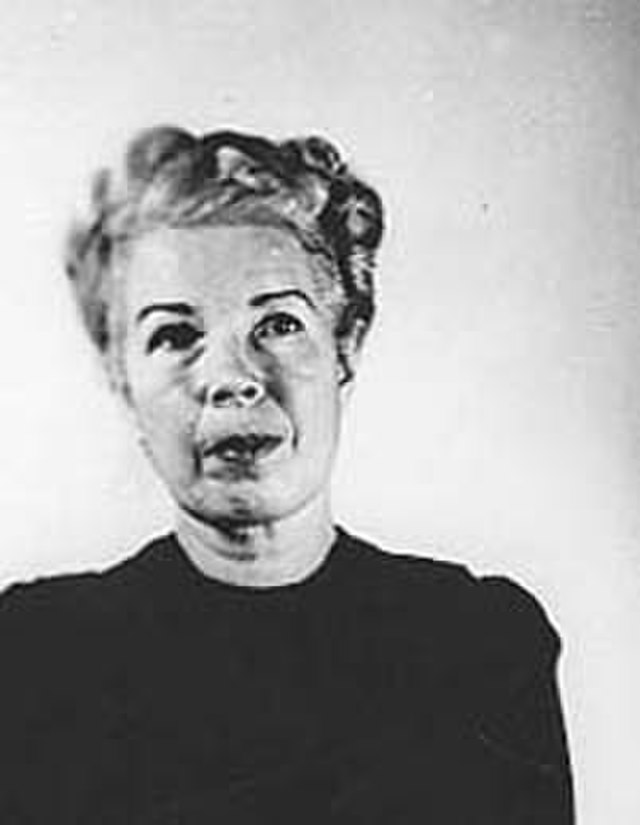
The importance of radio to the spread of information was not missed by the Ghost Army. The 3132 Signal Service Company used “spoof radio,” where actors impersonated radio operators from real units. They also mimicked the idiosyncratic methods of Morse code used by those operators who were departing. This helped them to create the illusion that Allied units were in areas they had actually already departed.
These efforts were so authentic-sounding that they fooled many, including radio broadcaster Axis Sally. She was an American living in Germany who was hired by the chief German propagandist to amplify state propaganda to those in the United States. Her primary focus was the denunciation of US President Franklin D. Roosevelt, the British, and the Jewish population.
The Ghost Army managed to trick her into believing a division of Allied troops was preparing for battle at a spot where no troops were actually stationed.
A fight for recognition
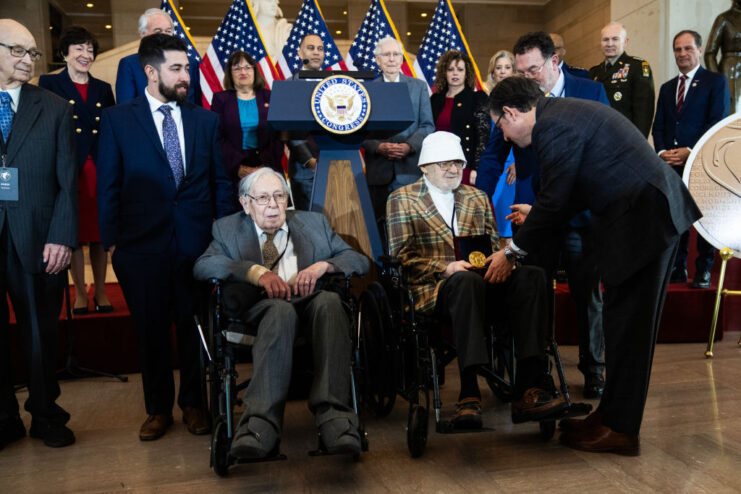
The Ghost Army returned to America upon the end of the war in Europe. While it was initially believed they’d be sent to aid the fight against Japan, the bombings of Hiroshima and Nagasaki soon put an end to that conflict. At discharge, the unit had served four armies across five European nations, had staged over 20 battlefield deceptions and was present at five campaigns, including D-Day, the Battle of the Bulge and the Rhine’s Operation Plunder.
The Ghost Army is credited with saving approximately 15,000-30,000 American lives during World War II. Despite their heroic efforts, however, they were never formally honored by the government, due to the classified nature of their work. As such, they were unable to publicly speak of their exploits during the war. The Pentagon even denied the unit’s existence until 1996, when all related documentation was declassified.
It wasn’t until February 2022 that the unit finally received the recognition it deserved, after President Joe Biden signed a bill that awarded its members the Congressional Gold Medal. The distinction is the US Congress’ equivalent of the Presidential Medal of Freedom, and was awarded for the Ghost Army’s “unique and highly distinguished service in conducting deception operations” during the Second World War.
The physical medals were handed out on March 21, 2024, with three of the seven surviving members attending the ceremony: Seymour Nussenbaum, Bernard Bluestein and John Christman.
New! Want to become a trivia master? Sign up for our War History Fact of the Day newsletter!
More from us: Battle of Moscow: A Critical Turning Point In the Fight Along the Eastern Front
Speaking at the event, Secretary of the Army Christine Wormuth said, “The actions of the Ghost Army changed the course of the war for thousands of American and Allied troops and contributed to the liberation of a continent from a terrible evil.” She added, “Even though technology has changed quite a bit since 1944, our modern techniques build on a lot of what the Ghost Army did and we are still learning from your legacy.”
